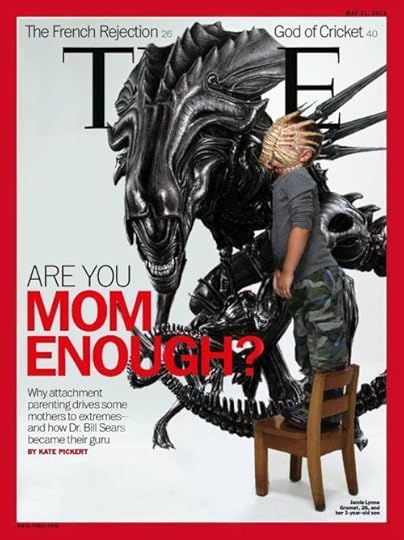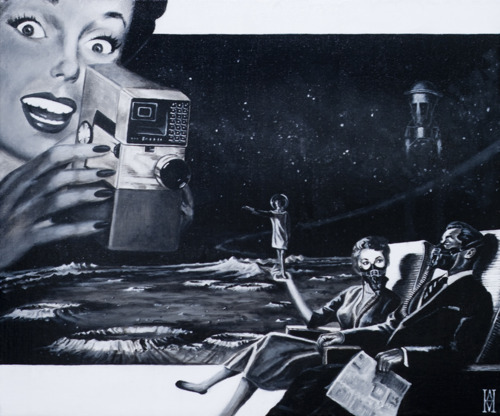G.D. Falksen's Blog, page 1320
May 22, 2012
maudelynn:
Margaret Watkins Verna and Teacup (Cutex...
washingtonpoststyle:
Via Famous Monsters of Filmland
For the...

Via Famous Monsters of Filmland
For the back story on the Time magazine cover that inspired this bit of genius (anyone know who created it?), go here.
omgthatdress:
Dress
Redfern, 1909-1911
The Metropolitan Museum...
schlieffen:
Hans von Seeckt und Otto Geßler
Johannes Friedrich...

Hans von Seeckt und Otto Geßler
Johannes Friedrich Leopold von Seeckt (1866-1936) established a reputation for first-rate staff work prior to and during World War One and wasPaul von Hindenburg’ssuccessor as army Chief of Staff in the wake of Germany’s military defeat in November 1918.
Seeckt entered the German army in 1885 while aged 18. From an early stage Seeckt’s aptitude for staff work became apparent with the result he was seconded to the General Staff in 1899 while still only ranked a Lieutenant.
Until the outbreak of war in August 1914 Seeckt served primarily in staff appointments, rising to Colonel. With war underway he was assigned to III Corps as Chief of Staff, attached toAlexander von Kluck’s First Army. With von Kluck tasked with no less a matter than the invasion of France Seeckt’s career quickly burgeoned in his high-profile role.
Newly-promoted Major-General, Seeckt was subsequently appointed Chief of Staff to August von Mackensen and his Eleventh Army, this time on the Eastern Front. Despite Mackensen’s deserved reputation for military prowess Seeckt was nevertheless (correctly) credited with masterminding the breakthrough at Gorlice in May 1915, for which he received the Pour le Meriteaward.
Having also planned the invasion of Serbia of October 1915, Seeckt was assigned a quite different role following the Austro-Hungarian disaster during the opening stages of the spectacularly successful Russian Brusilov Offensive.
In short, he was assigned to a series of roving Chief of Staff positions within various Austro-Hungarian armies, tasked with re-shaping each and improving their battle worthiness; a sensitive task that did not always endear him to his Austro-Hungarian counterparts.
Having successfully acquitted himself in this role he was consequently assigned to the Ottoman army in December 1917 and expected to perform similar wonders; this however was a task even von Seeckt was unable to perform.
Seeckt was appointed Hindenburg’s successor as Chief of Staff in summer 1919 and set about the construction of an elite force of 100,000 men - the maximum allowed under the terms of theVersailles treaty. He nevertheless ensured that the army he fashioned was capable of being rapidly expanded as and when the need arose, and arranged to secretly train German forces in Russia.
Despite failing to support the government during the Kapp Putsch of 1920 he nevertheless remained head of the army until he was pressured to resign in 1926.
Subsequently serving in the Reichstag von Seeckt later aligned himself with Hitler’s Nazis. With the rise of the latter to power he was despatched to China in 1934 to assist with the modernisation of the Chinese army.
He died two years later in 1936.
May 21, 2012
omgthatdress:
Dress
1909
The Metropolitan Museum of Art
darksilenceinsuburbia:
Alec Huxley. Moon Paparazzi, 2011.
hoodoothatvoodoo:
By Art Frahm
May 20, 2012
H.P. Lovecraft and Nikola Tesla: Paranormal...

H.P. Lovecraft and Nikola Tesla: Paranormal Investigators
Illustration by Travis Pitts http://zom-bot.com/










